Europe’s national parks span a breathtaking range of landscapes—from icy volcanoes and rugged peaks to serene lakes and sun-drenched coasts. Each one offers a rich tapestry of wildlife, culture, and unforgettable scenery.
Europe's national parks represent some of Earth's most breathtaking protected wilderness areas. From the dramatic fjords of Norway to the sun-drenched cliffs of Italy's Cinque Terre, these parks showcase nature's finest work while preserving delicate ecosystems. What makes them truly special is how they blend extraordinary landscapes with rich cultural heritage—medieval villages cling to mountainsides, ancient trails wind through primeval forests, and traditional farming practices shape the land.
This guide explores Europe's 10 most spectacular national parks, each offering unique adventures and unforgettable scenery. Whether you're an avid hiker, wildlife enthusiast, or simply seeking tranquillity, these natural wonders promise experiences that will stay with you long after your visit.
1. Plitvice Lakes National Park, Croatia
UNESCO World Heritage Site
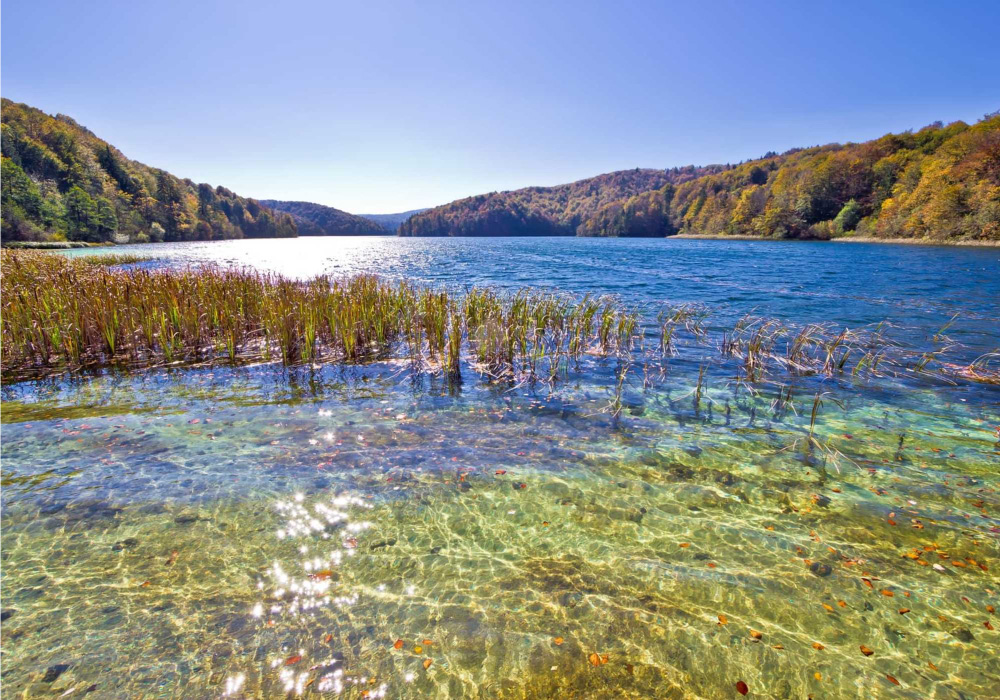
Plitvice Lakes is a spellbinding mosaic of cascading lakes, lush woodlands, and travertine terraces. Situated in central Croatia, this national park is world-renowned for its 16 terraced lakes connected by over 90 waterfalls, where mineral-rich waters glow in hues ranging from turquoise to emerald. Wooden boardwalks weave through the lakes, allowing visitors to walk across glassy waters and through mist-filled forest glades. Rich in biodiversity, Plitvice is home to rare species like brown bears, lynxes, and wild cats, making it one of Europe’s most biologically significant protected areas. The park offers peaceful boat rides, seasonal colour changes, and a sense of serene wonder year-round.
Why visit?
Plitvice's 16 terraced lakes and 90 waterfalls create a fairytale landscape of turquoise waters cascading over travertine formations. Depending on sunlight and mineral content, the colours shift from dazzling azure to deep emerald.
Highlights:
- Veliki Slap (Great Waterfall): At 78 meters, Croatia's tallest waterfall is most powerful in spring.
- Boardwalk trails: 18km of wooden pathways let you walk across crystal-clear lakes.
- Wildlife: Spot brown bears, wolves, and rare birds like the Eurasian eagle owl.
Best time to visit: May or June for the full waterfalls without summer crowds.
No matter the time of year, the park's famously clear waters reveal vibrant underwater plants and darting fish—adding an extra layer of magic to every visit.
2. Cinque Terre National Park, Italy
Colorful Coastal Paradise
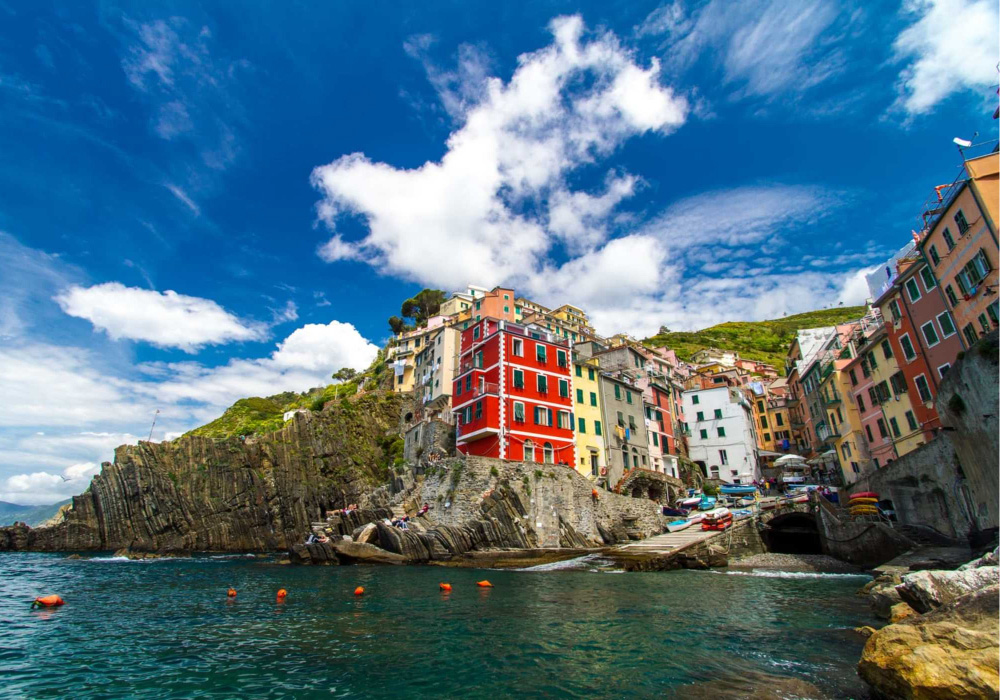
Cinque Terre is a stunning blend of rugged cliffs, Mediterranean waters, and centuries-old fishing villages painted in vibrant pastels. Located along the Italian Riviera, this UNESCO-listed park encompasses five hillside towns—Monterosso, Vernazza, Corniglia, Manarola, and Riomaggiore—each clinging to the coast in its own spectacular fashion. Vineyards and olive groves spill down terraced hillsides, where traditional agriculture still shapes the landscape. Narrow hiking trails, like the famed Sentiero Azzurro, offer panoramic views of the Ligurian Sea, while the region’s seafood and wine provide an authentic taste of coastal Italian life. Cinque Terre is both a cultural and natural treasure, where nature and tradition live in harmony.
Why visit?
Five pastel-coloured villages cling to rugged cliffs above the Ligurian Sea. Vineyard terraces and olive groves add to the charm of this UNESCO site.
Must-do experiences:
- Sentiero Azzurro hike: The famous coastal trail connects all five villages.
- Vernazza Harbor: Arguably Italy's most picturesque fishing village.
- Sunset in Manarola: The glowing cliffs make for unforgettable photos.
The sunsets here are legendary. They cast a warm glow over the Ligurian Sea and make it one of the most romantic national parks in Europe.
Insider tip: Visit Corniglia—the only village not on the water—for fewer crowds.
3. Vatnajökull National Park, Iceland
Europe's Largest Glacier
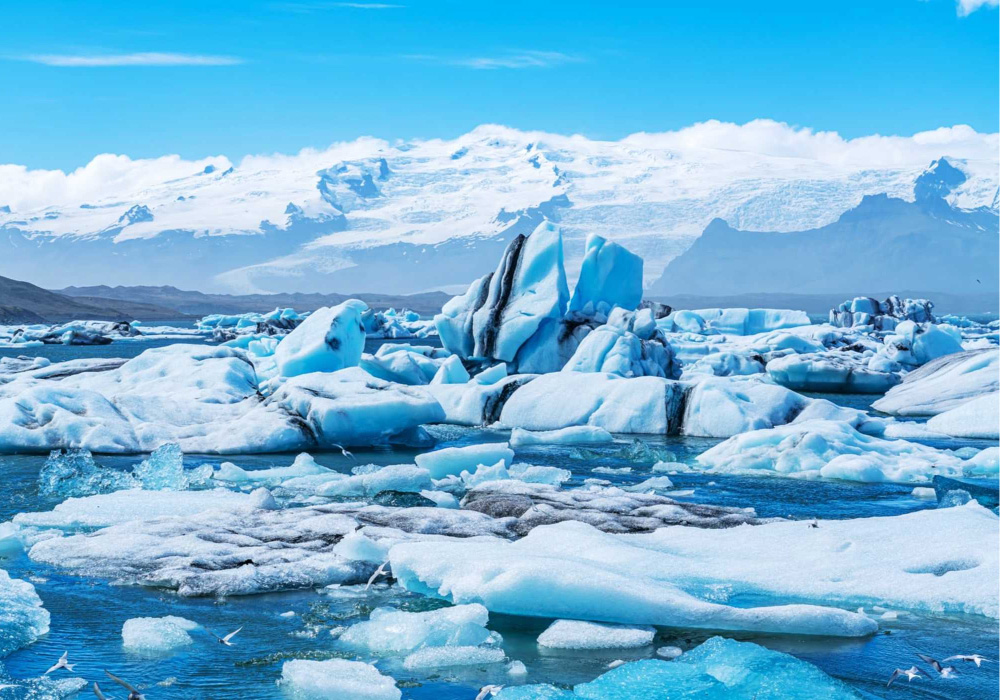
Spanning over 14,000 square kilometres, Vatnajökull National Park is a realm of extremes—glaciers, volcanoes, ice caves, and lava fields define this surreal Icelandic landscape. The park centers on Vatnajökull, Europe’s largest ice cap, which blankets mountains and conceals active volcanic systems like Grímsvötn. Visitors are drawn to marvels such as the Jökulsárlón Glacier Lagoon, where floating icebergs drift into the Atlantic, or Svartifoss, a waterfall framed by dark basalt columns. In winter, guided tours venture into shimmering blue ice caves, while summer opens up routes for glacier hiking and photography. It’s a destination that captures Iceland’s raw beauty at its most dramatic.
Why visit?
This park combines fire and ice—massive glaciers cover active volcanoes. The landscape feels otherworldly, with ice caves, black sand plains, and steaming geothermal areas.
Top attractions:
| Feature | Best Time to Experience |
|---|---|
| Jökulsárlón Glacier Lagoon | June-August for boat tours |
| Crystal Ice Caves | November-March with guides |
| Svartifoss Waterfall | Summer for access |
Adventure activities: Glacier hiking, super jeep tours, and Northern Lights viewing.
4. Saxon Switzerland National Park, Germany
Sandstone Wonderland

Located near the Czech border in eastern Germany, Saxon Switzerland is a fairytale landscape of jagged sandstone towers, deep valleys, and dense pine forests. The park’s most iconic feature is the Bastei Bridge, a stone structure perched among towering rock spires that overlook the Elbe River. This area has been a magnet for artists and climbers since the 18th century, offering over 1,100 climbing peaks and a rich network of hiking trails. Beneath its cliffs lie ancient fortresses, hidden caves, and river-carved canyons, each adding to its mystical atmosphere. Saxon Switzerland invites visitors to explore nature with a sense of wonder and a touch of the fantastical.
Why visit?
Towering sandstone pillars and deep gorges make this park a rock climber's paradise. The Elbe River winds through the landscape, creating dramatic vistas.
Don't miss:
- Bastei Bridge: A stone bridge with panoramic views over the Elbe.
- Schrammsteine: Jagged rock formations perfect for photography.
- Königstein Fortress: A historic hilltop fortress with museum exhibits.
Best for: Hiking, climbing, and photography.
5. Gran Paradiso National Park, Italy
Alpine Wildlife Haven
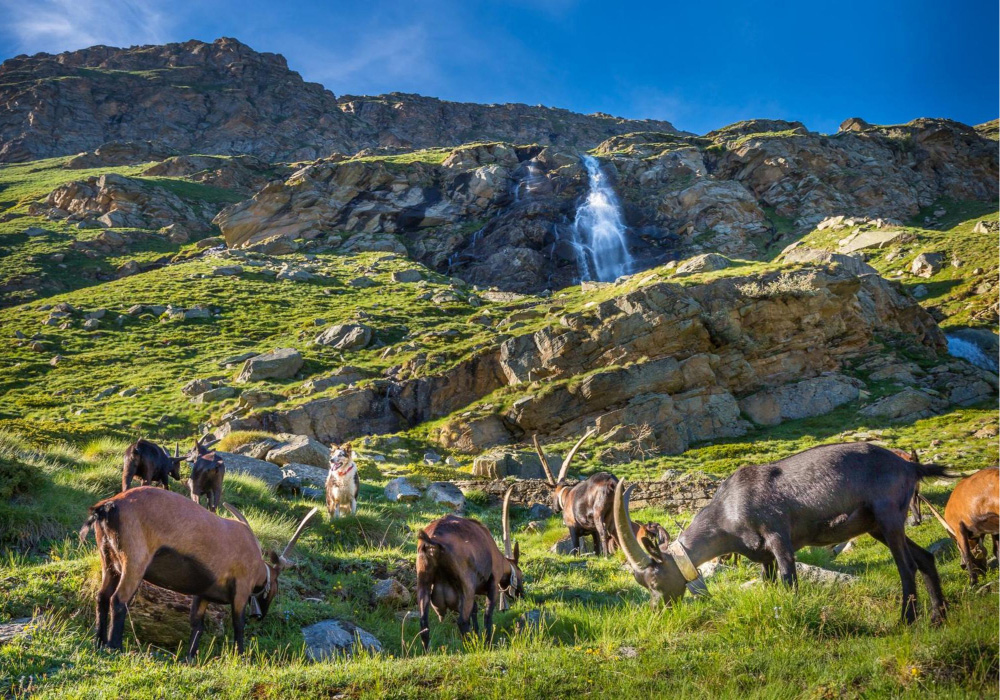
Established in 1922, Gran Paradiso is Italy’s oldest national park and one of the most important refuges for alpine wildlife. Nestled in the Graian Alps near the French border, its snow-covered peaks, sweeping valleys, and alpine meadows provide habitat for thousands of species, most notably the Alpine ibex, which was once near extinction. The park is crisscrossed by more than 700 kilometres of trails, leading hikers through larch and spruce forests, past glacial lakes and flowering meadows. In summer, marmots whistle across the slopes while golden eagles circle overhead. Gran Paradiso is a paradise for hikers and naturalists and a living symbol of successful conservation.
Why visit?
Italy's first national park protects the endangered Alpine ibex, of which over 3,000 now thrive here. Snow-capped peaks, wildflower meadows, and glacial lakes complete the picture.
Wildlife spotting:
- Ibex: Best seen at dawn in Valnontey Valley.
- Golden eagles: Soar above high mountain passes.
- Marmots: Listen for their whistles in summer.
Hiking tip: The 724km trail network includes routes for all levels.
6. Picos de Europa National Park, Spain
Dramatic Limestone Peaks
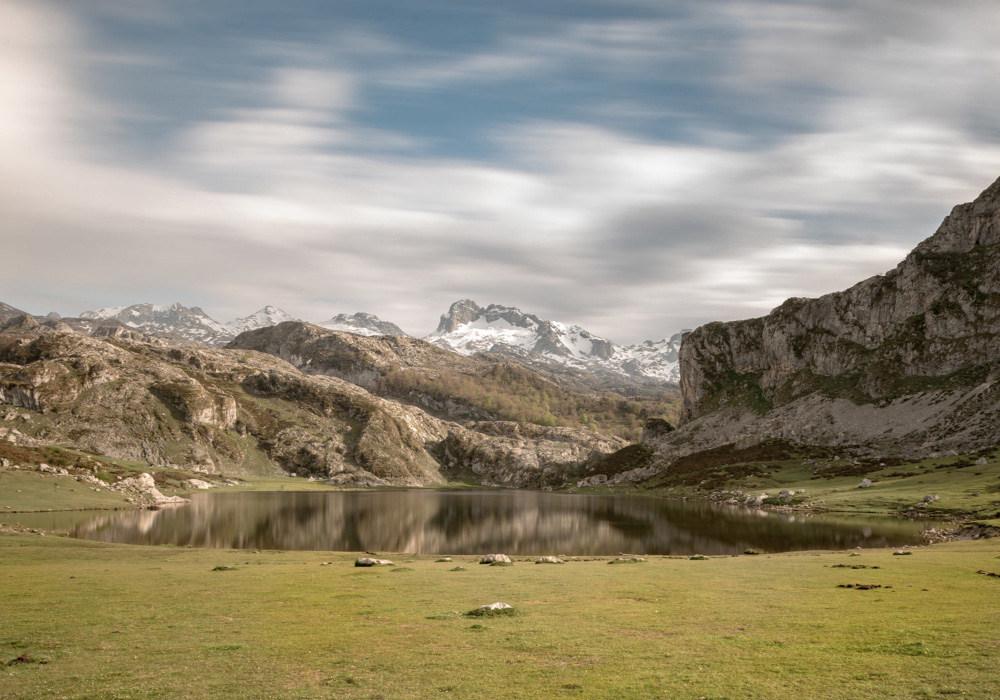
Rising abruptly from the northern coast of Spain, the Picos de Europa is an imposing chain of jagged limestone mountains separated by deep gorges and lush valleys. As Spain’s first national park (established in 1918), it showcases traditional rural life where shepherds still guide their flocks, and cheese-making remains a celebrated craft. Trails like the Cares Gorge hike offer thrilling cliffside walks through spectacular scenery. A cable car to the summit of Fuente Dé reveals sweeping views of snow-dusted peaks and green lowlands. Here, cultural heritage and natural grandeur combine in one of the Iberian Peninsula’s most awe-inspiring alpine environments.
Why visit?
Towering limestone mountains rise abruptly from green valleys, creating Spain's most dramatic alpine scenery. Traditional shepherds still tend flocks here.
Key experiences:
- Cares Gorge hike: A thrilling trail cut into cliff faces.
- Cable Car to Fuente Dé: Ride up 800m for breathtaking views.
- Local cuisine: Try Cabrales blue cheese and fabada stew.
When to go: June-September is the best time for hiking conditions.
7. Ordesa y Monte Perdido National Park, Spain
Pyrenean Grand Canyon
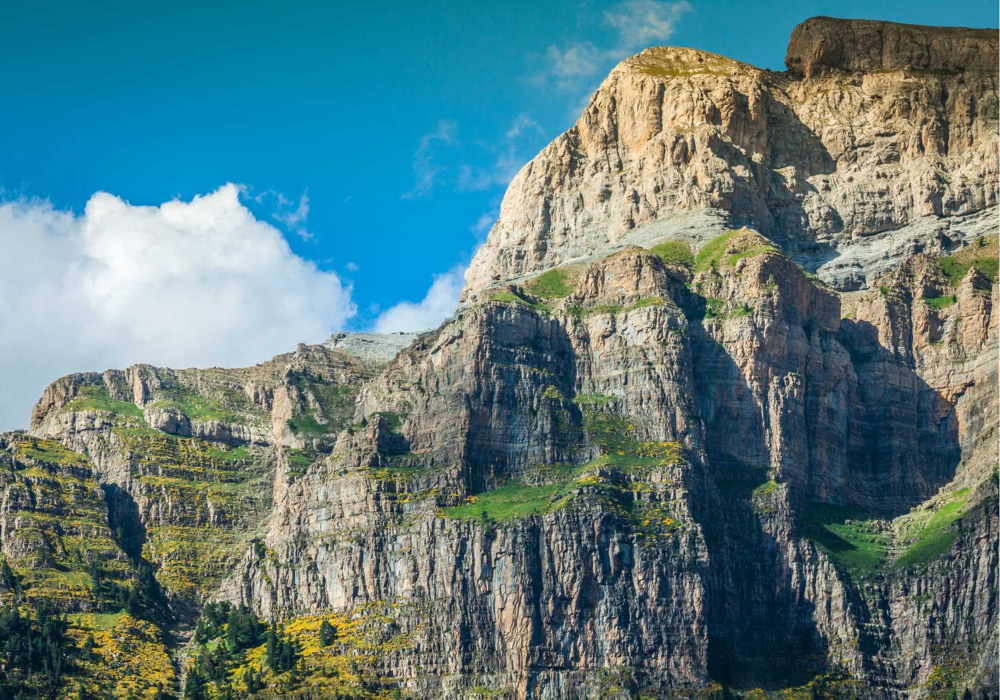
Located in the Spanish Pyrenees, Ordesa y Monte Perdido is a park of soaring cliffs, glacial valleys, and cascading waterfalls. At its heart lies Monte Perdido, Europe’s highest limestone peak, surrounded by deep canyons carved by ancient glaciers. The Ordesa Valley, in particular, is often called the “Grand Canyon of Europe” for its dramatic vertical walls and lush vegetation. Wildflowers bloom across meadows in spring while birds of prey, including griffon vultures and lammergeiers, patrol the sky. Ancient trails and pilgrimage routes trace the landscape, making this a spiritual as well as scenic destination. It’s a park of drama, beauty, and wild solitude.
Why visit?
This UNESCO site features sheer canyon walls, thundering waterfalls, and Europe's highest limestone massif (Monte Perdido).
Must-see:
- Cola de Caballo waterfall: A 50m cascade at the valley's end.
- Pradera de Ordesa: Flower-filled meadows in spring.
- Vulture spotting: Griffon vultures circle the cliffs.
Pro tip: Visit in September for autumn colours and fewer crowds.
8. Écrins National Park, France
Alpine Wilderness
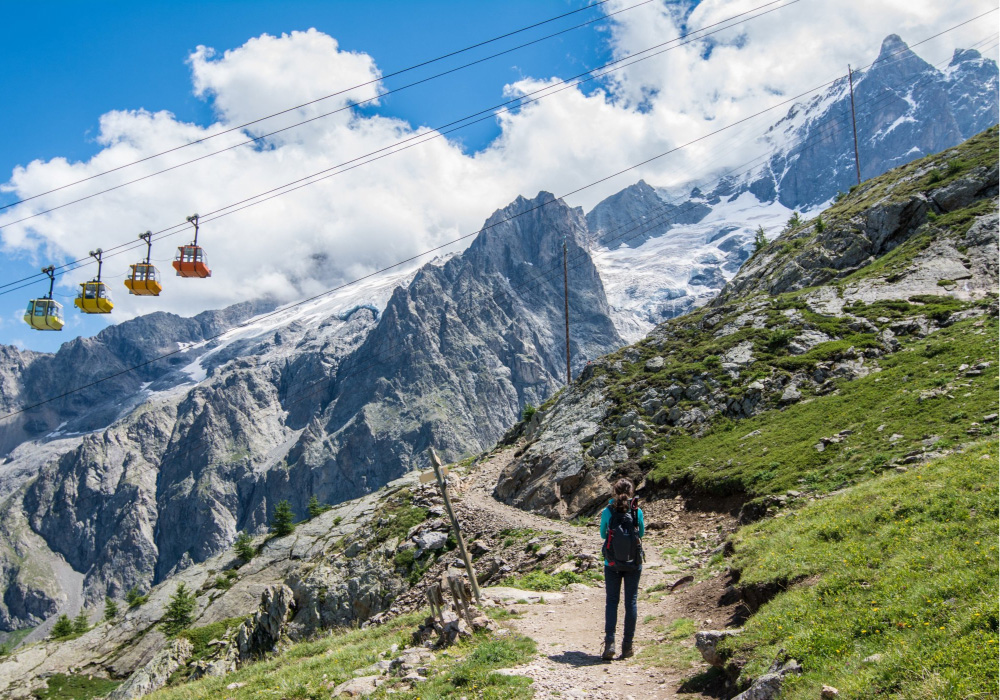
Écrins National Park is a rugged expanse of high peaks, glacial lakes, and remote valleys tucked into the French Alps. It’s home to more than 150 summits over 3,000 meters and dozens of glaciers, making it a paradise for climbers, mountaineers, and serious hikers. The park’s biodiversity is astounding, with ibex, chamois, marmots, and rare alpine flowers thriving in its varied ecosystems. Picturesque villages like Vallouise serve as ideal bases for exploring the region, offering easy access to trails leading to Lac Lauvitel or the majestic La Meije. Écrins is both wild and welcoming—a place where human footprints are light, and nature reigns supreme.
Why visit?
This is France's highest national park, with 150 peaks over 3,000 m. Glaciers, alpine lakes, and traditional villages dot the landscape.
Top activities:
- Lac Lauvitel: A stunning glacial lake accessible by hike.
- La Meije Summit: Challenging climb with epic views.
- Wildflower Meadows: Bursting with color in July.
Best base: Vallouise Village for easy park access.
9. Aigüestortes National Park, Spain
Pyrenean Lakes District
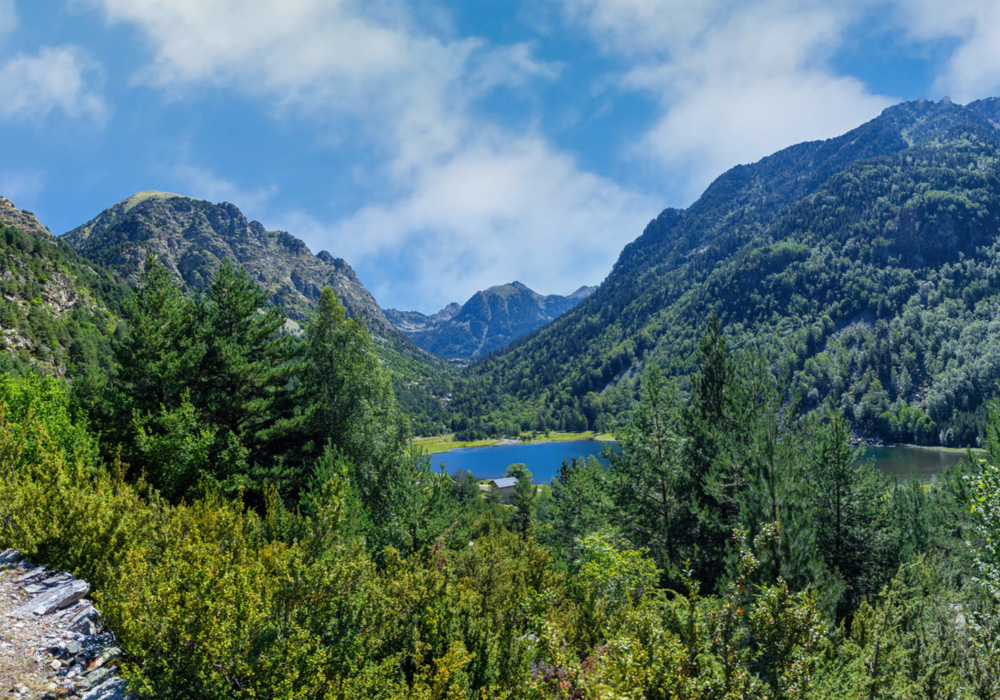
Tucked into the Catalan Pyrenees, Aigüestortes is a sanctuary of stillness, water, and towering granite peaks. Its name means “twisted waters,” referring to the meandering streams and more than 200 glacial lakes that define the park. Dense pine and fir forests cloak the lower slopes, while higher elevations reveal wildflower meadows and jagged ridges. The jewel of the park is Lake Sant Maurici, set against the twin peaks of Els Encantats, a view that’s nothing short of magical. Romanesque churches dot the surrounding valleys, adding a cultural layer to the pristine wilderness. It’s a tranquil retreat for hikers, photographers, and solitude seekers.
Why visit?
This Catalan gem features over 200 glacial lakes that reflect the surrounding peaks. Ancient forests and waterfalls complete the pristine landscape.
Highlights:
- Lake Sant Maurici: The park's iconic centerpiece.
- Romanesque churches: Scattered throughout nearby valleys.
- Spotting chamois: These agile mountain goats frequent high meadows.
Seasonal tip: Visit in October for golden larch trees.
10. Danube-Auen National Park, Austria
Europe's Last Great Floodplain
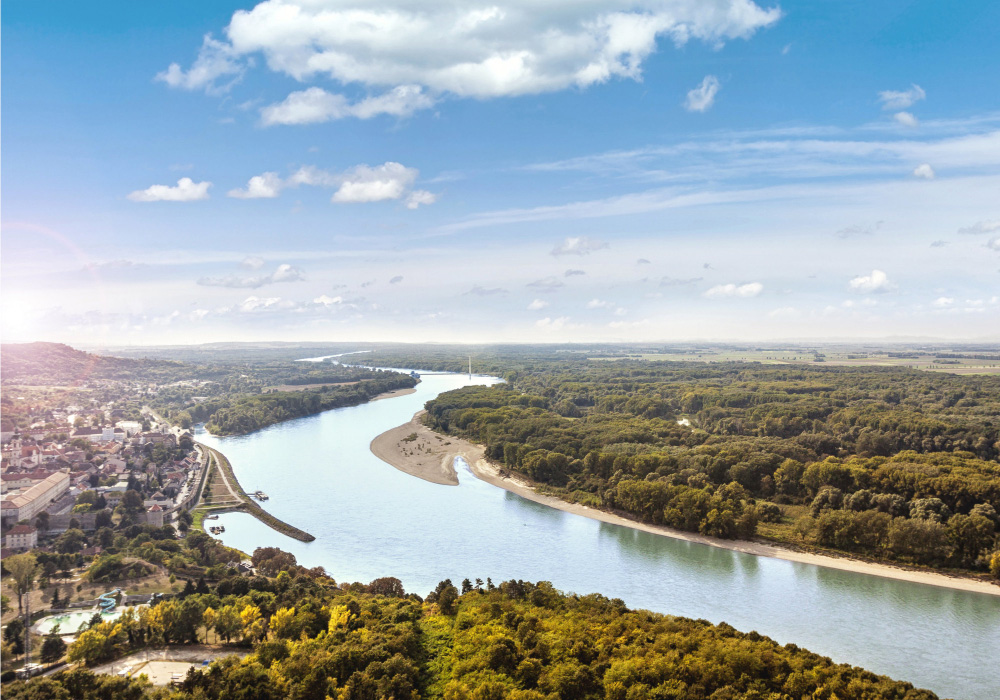
Stretching along the Danube River east of Vienna, Danube-Auen protects one of Central Europe’s last intact floodplain ecosystems. This watery wilderness is a haven for biodiversity—thousands of species thrive here, from kingfishers and white-tailed eagles to otters and rare amphibians. Canoe trips and guided walks reveal a dynamic landscape of wetlands, forests, and meadows shaped by the rhythm of the river. In spring, the floodplains burst into life with wildflowers and migrating birds. The park also plays a crucial conservation role, helping restore native fish populations and protect Europe’s vanishing wetlands. It’s a living, breathing corridor of nature within reach of a major European capital.
Why visit?
This 36km stretch along the Danube River protects vital wetlands teeming with wildlife, from beavers to white-tailed eagles.
Best experiences:
- Canoeing through backwaters: Paddle past grazing deer.
- Guided night walks: Hear owls and spot fireflies.
- Spring blooms: Wildflowers carpet the meadows in May.
Conservation note: The park successfully reintroduced European sturgeon.
Final thoughts
From Croatia's watery wonderland to Iceland's frozen frontiers, Europe's national parks offer unparalleled diversity. Each park tells its own story—of geological forces, conservation triumphs, and human connections to wild places. Whether you seek adventure, tranquillity, or simply breathtaking beauty, these 10 parks deliver unforgettable experiences.
Which will you explore first? The cliffside villages of Cinque Terre, the glacier-carved valleys of Vatnajökull, or perhaps the alpine meadows of Gran Paradiso? Your European wilderness adventure awaits.



Comments powered by CComment